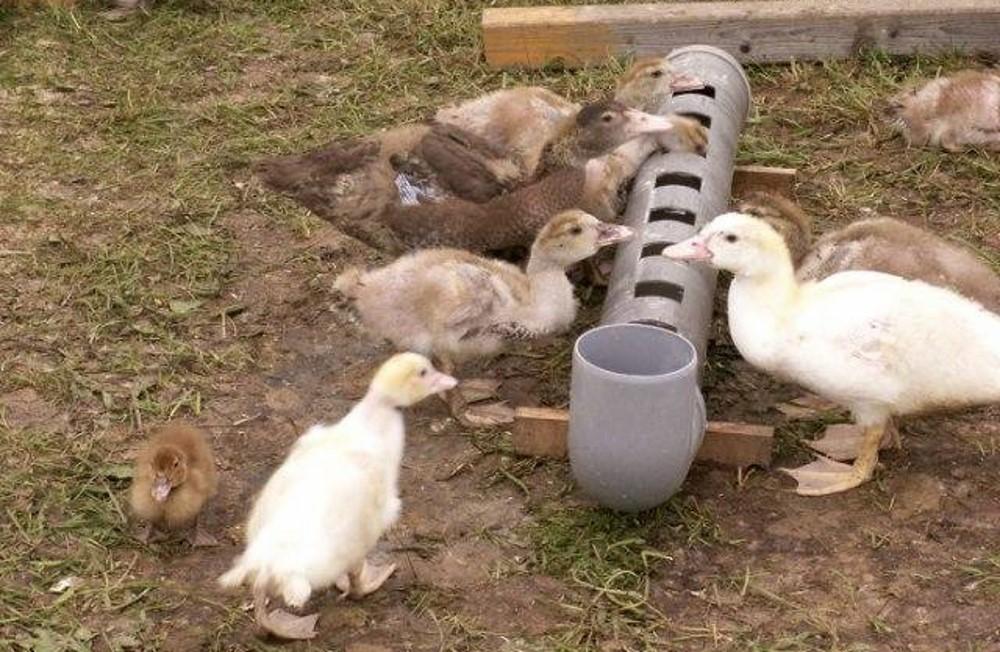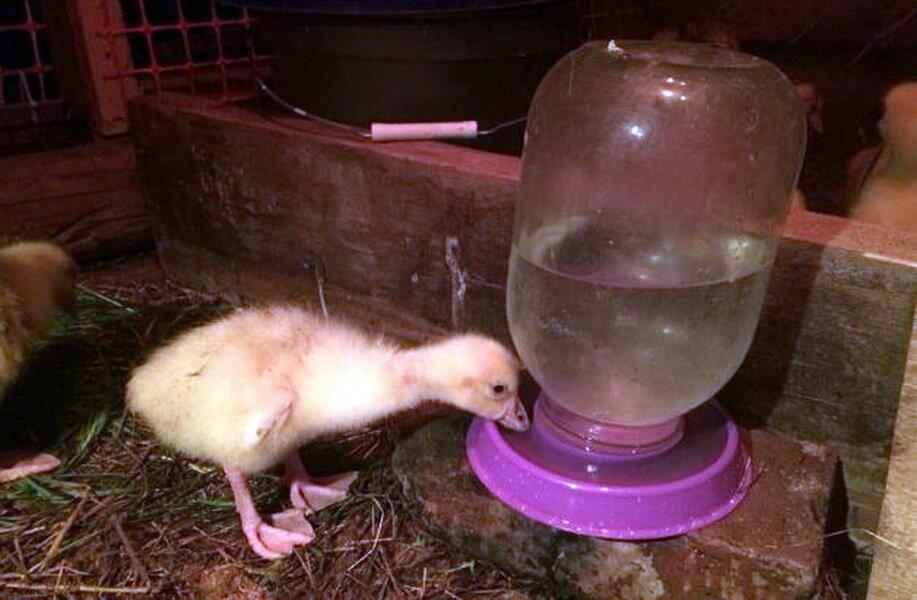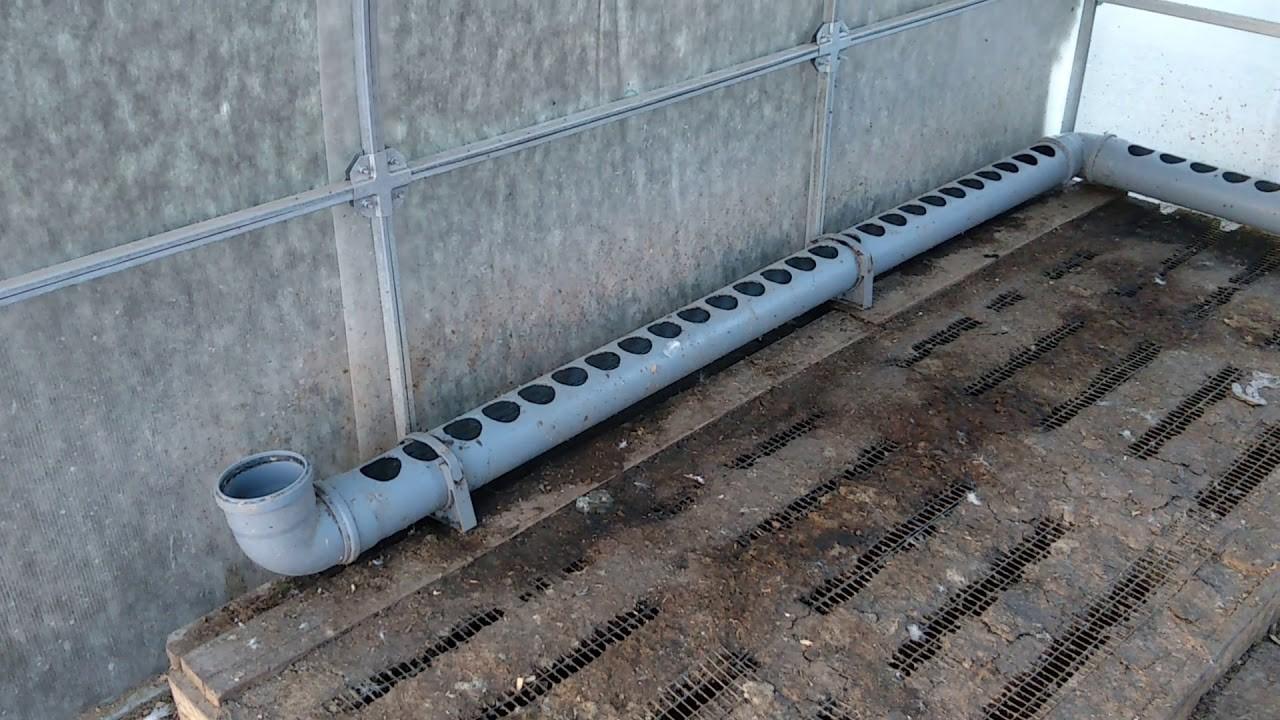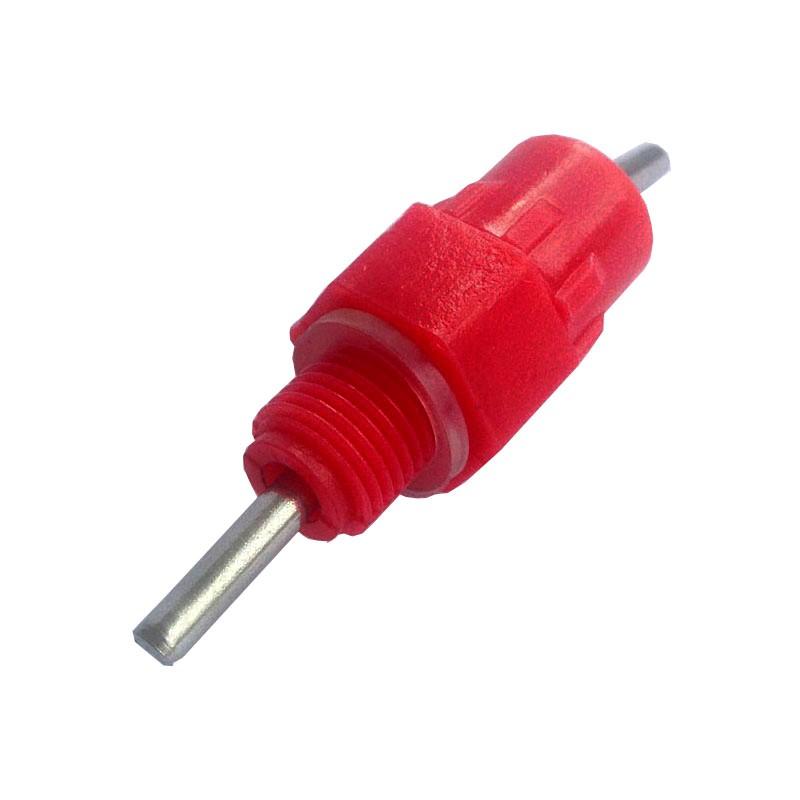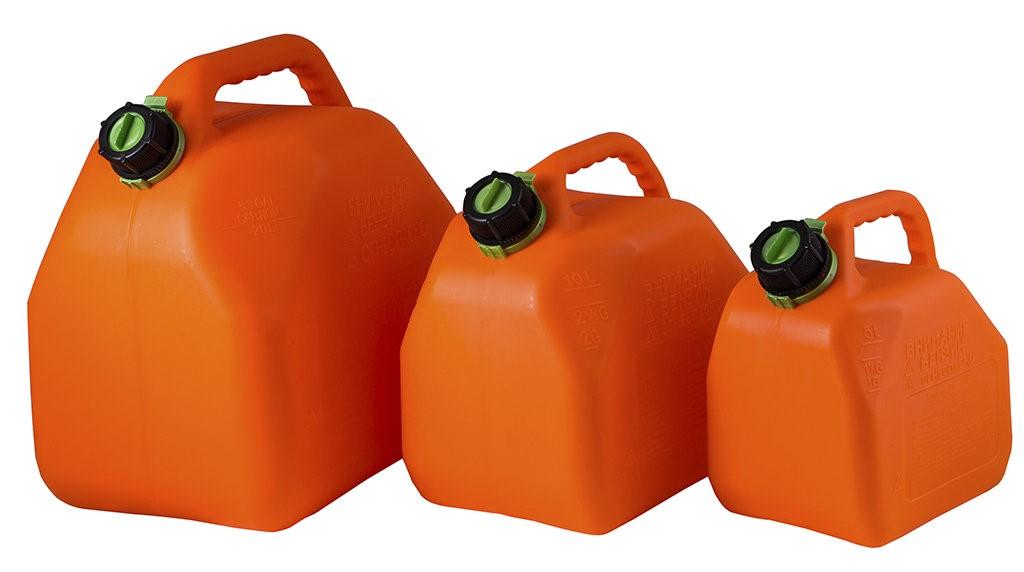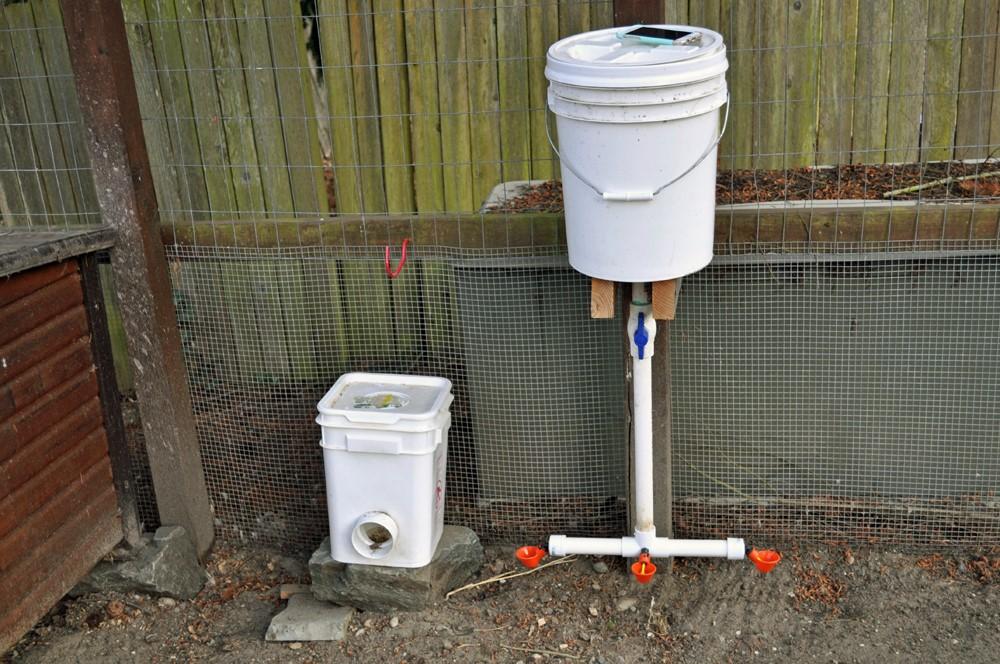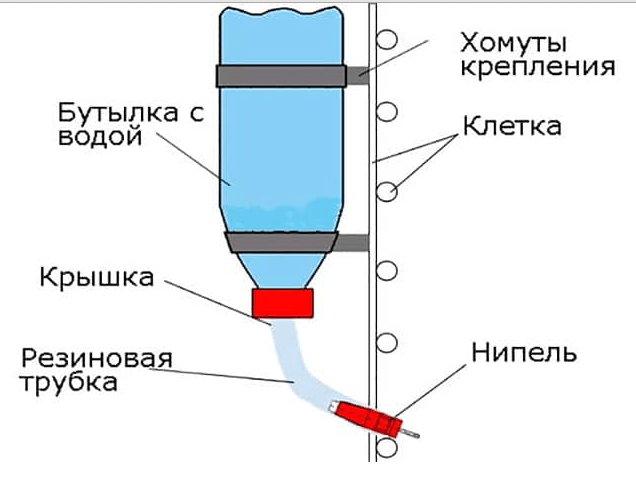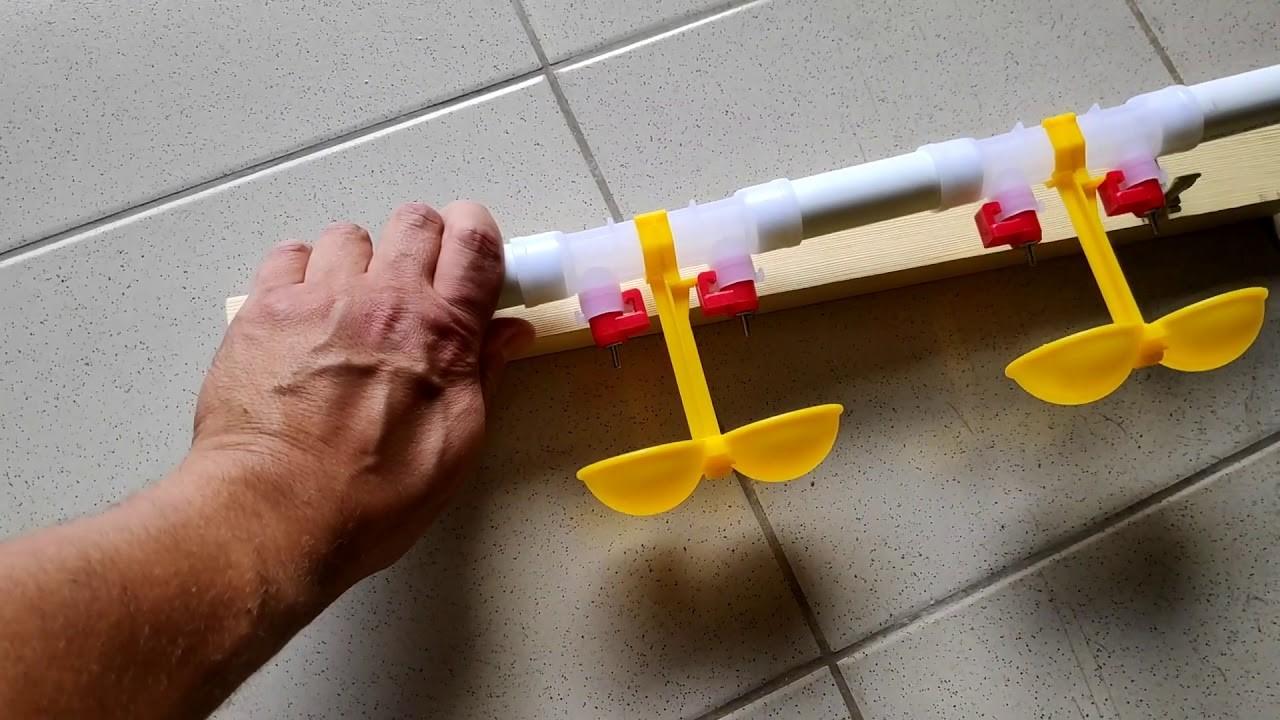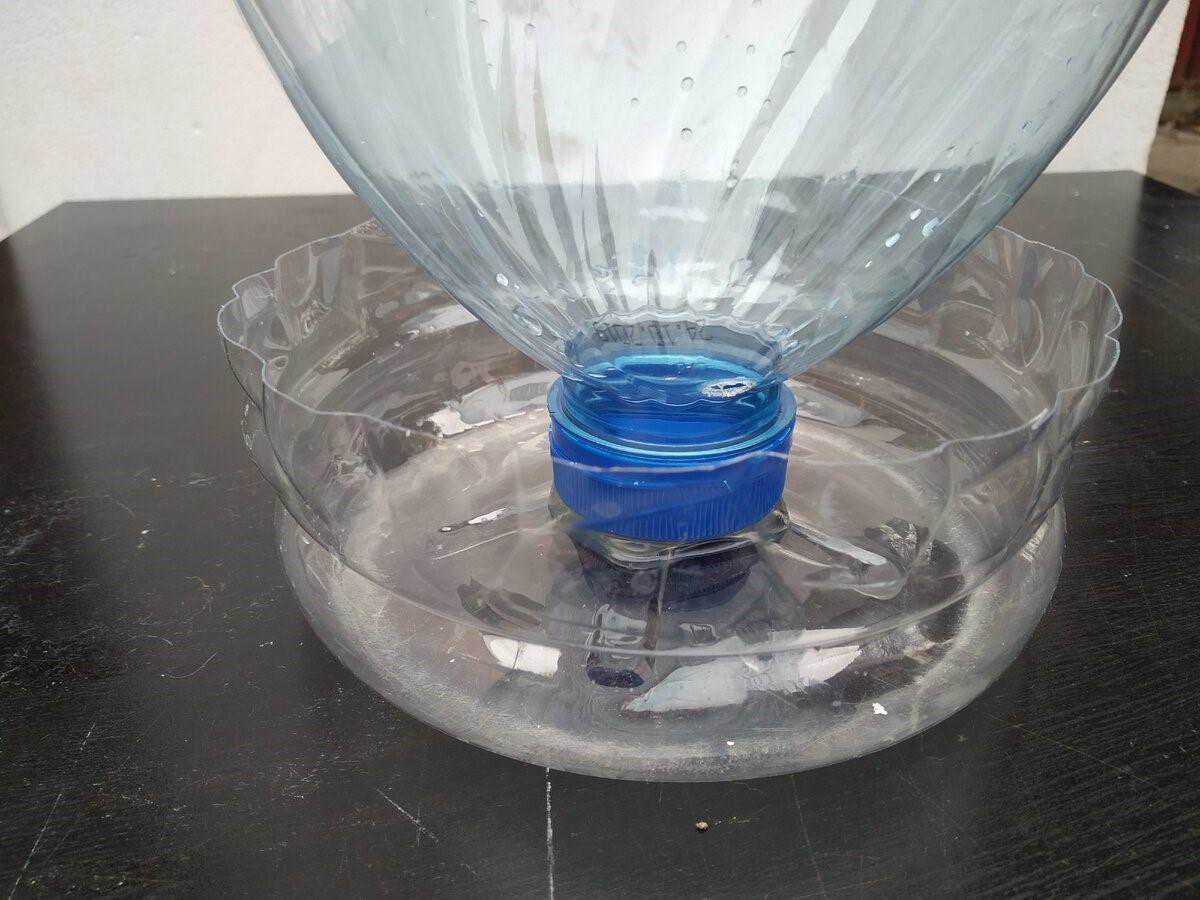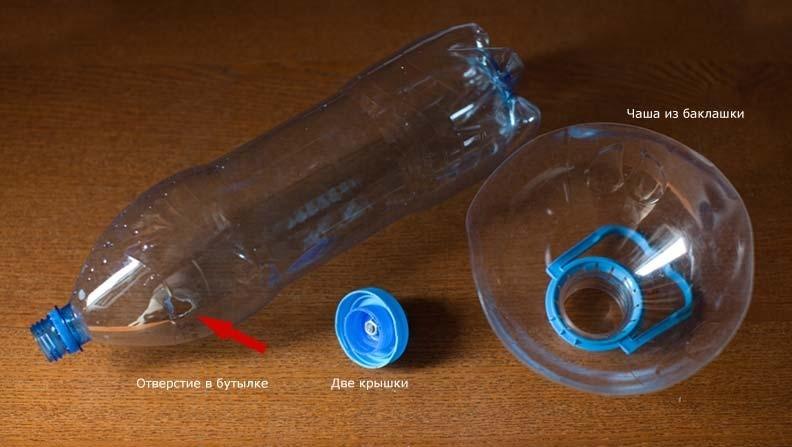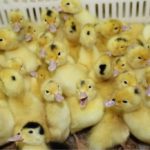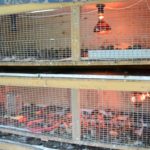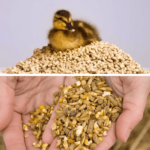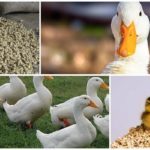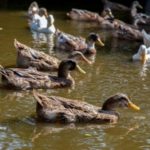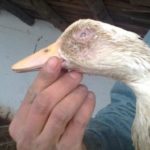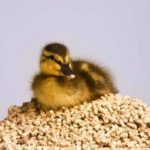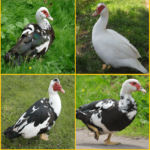When planning to start poultry farming, in particular duck breeding, you should study information regarding their growth, development and subsequent productivity. Water for birds is an integral part of life. Moisture is especially important for ducks, since they not only quench their thirst with it, but also bathe during the day. You can make a drinking bowl for ducklings with your own hands.
What are the requirements for drinking bowls for ducklings?
Proper care for small ducklings cannot be provided without convenient drinkers.Before making a sippy cup yourself, it is important to consider a number of factors.
You need to be prepared for the fact that a duck is a waterfowl, so it will certainly want to climb inside the structure and swim. You should make a drinking bowl that is not easy to climb into. A rectangular product is suitable, narrow, but at the same time deep, into which the duckling can stick its head and drink.
The second factor that must be taken into account if the owner is interested in healthy livestock is the ability to fully wash and clean the drinking bowl and disinfect it. For quick and convenient water replacement, a compact type of design is provided.
It is also advisable to think about the number of livestock in advance. If you plan to keep a small flock, then a waterer for ducklings, made independently, from materials available on the farm, is the best solution. The main thing is that it can fully provide the ducklings with moisture during the day. If the flock is large, then it would be wise to place several containers in the house.
In addition, they must be as stable, spacious and environmentally friendly as possible. Requirements for drinking installations are relevant for mullards, turkey ducks and other breeds of waterfowl.
Types of structures
Drinking installations for all types of adult waterfowl, as well as newborn ducklings, are conventionally divided into two types: automatic devices and manual ones. Structures in the form of automatic drinkers are often installed on large poultry farms. The essence of the device is to quickly fill as the birds consume water. In drinking bowls with manual filling, you have to periodically add water, draining the residue and rinsing the container.
The following types are popular:
- nipple;
- grooved;
- vacuum
Nipple sippy cups consist of a body, a weight and a valve.The float design is convenient to use, since the water does not stagnate there, but is supplied exclusively at the request of the duck. Self-production will require certain labor costs. Nipple drinking systems are suitable for different types of housing - floor and cage. They are practical to use, so owners often prefer this type.
Grooved types of drinkers, on the contrary, are easy to manufacture, but inconvenient because changing the water in them is problematic. This design is durable, easy to clean, and ducklings can dip their heads in it. The structure is heavy, so it is important to secure it firmly in the cage to avoid injury.
Vacuum types are considered economical in terms of water consumption, since the liquid level is maintained for a long time. Due to the self-filling of the cylinder, the water is fresh and clean. The owner is only required to promptly replenish the water supply in the bottle or canister.
Tools and materials
Sometimes the owners of a small flock of birds do not want to spend money and time on making a full-fledged drinking structure, so they put small buckets, basins, metal and plastic bowls, and other devices in the poultry house. However, farmers soon come to the conclusion that ordinary containers for ducks, and especially ducklings, are a bad idea.
Ducks are not known for their cleanliness. At every opportunity they try to climb inside and swim. In this case, ordinary containers turn over, water flows out onto the floor, and the birds remain without moisture for a long time, which is harmful to health. There is no need to talk about hygiene in the poultry house when the floors are constantly wet. This is especially harmful to small ducks. This is why experienced farmers recommend making reliable containers for liquid.
To make an environmentally friendly and practical design, the following items may be required:
- canisters, plastic bottles;
- PVC pipe;
- nipples;
- tank or other container for liquid;
- microbowls, drop catchers;
- hose;
- dispenser;
- a section of sewer pipe.
Based on what materials and tools the farmer has at hand, a suitable container can be built. Duck owners often make devices from a piece of sewer pipe or from large plastic bottles.
Tools typically used include a drill, thread tap, pipe cutter, file or jigsaw. Wire, scissors, and various types of fasteners may also be useful.
How to make a drinking bowl with your own hands at home
You should think in advance about how to make the container convenient in all respects. The main thing is that moisture is available to birds around the clock in full, and the container can be quickly cleaned.
Automatic
Many farmers purchase an automatic waterer for newborn ducklings at specialized retail outlets or make it from improvised materials if the number of livestock is insignificant. Nipple or vacuum drinking systems are popular. The nipple type of sippy cup is not so easy to make, but its characteristics are superior to the vacuum one.
These sophisticated devices have obvious advantages. Ducklings cannot get inside, the water remains clean and does not splash out on the floor. The supply is constant, and the owner does not need to control the presence of liquid in the cup.
nipple
To install a nipple type, you will need the following materials:
- drop eliminators, microbowls;
- small caliber nipples;
- square pipe with grooves on the inside;
- muffler for pipe;
- connectors for pipes of various shapes;
- sealant;
- container and lid for it.
Sometimes farmers find the opportunity to connect the drinking tank to a central water supply system. Then there is no need for a storage tank.
Marks are placed on the pipe at a certain distance, then holes are drilled 9 cm in diameter. Using a marker, threads are made and nipples are screwed in. Next, they begin to prepare the storage tank.
A hole is made in a plastic tank or container for the hose and the seams are carefully treated with sealant. Drop eliminators are attached to the tube under the nipples. The tube is installed at a certain height in a horizontal position and securely fixed. Young ducklings should be able to reach the water freely. The water tank is mounted slightly higher than the drinking bowl. With a nipple installation, ducklings do not spill or splash water.
Grooved
The groove structure is easy to make yourself. This advantage is not the only one of this type of container. It is convenient for changing water and cleaning, quite durable, low cost and designed for a large number of ducklings. There are also disadvantages: it is uneconomical, and the water in it quickly becomes polluted. If the structure is loosely secured, the ducklings may knock it over.
More often, a gutter structure is constructed from a small section of sewer pipe, on which lines are marked, with holes between them. Then they mark the boundaries of the holes and use a drill to drill through a pair of holes located opposite. Using a jigsaw, make a cut along the marked lines. Similar holes are made in other places.
A wooden beam will come in handy. The legs for the pipe are cut out of it. One should be placed in the middle of the structure, and two on the sides.When it is assembled, it is closed with a plug on one side. The installation is suitable for little ducklings from the first days of life.
Vacuum
A homemade vacuum drinker is considered one of the simple but easy-to-use designs. This is a kind of reservoir, moisture flows from it into the pan. This sippy cup is universal and suitable for young birds. They prefer to make it from a plastic bottle.
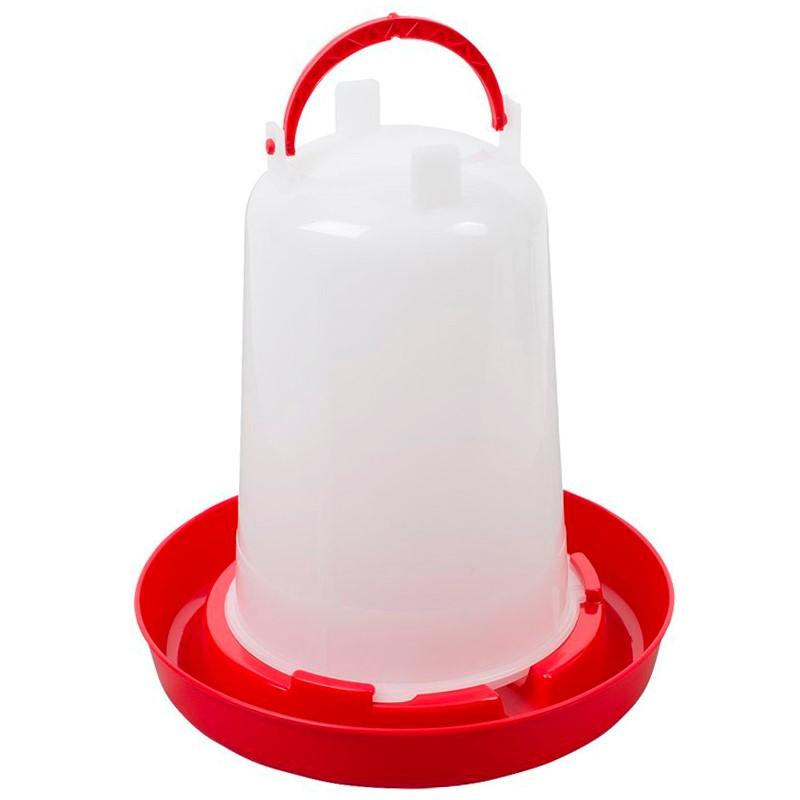
Using fasteners, the bottle is installed at a low height against the wall. Pour water into the bottle and screw on the cap. A tray is placed under it and placed so that there is a small gap between the bottom and the cap of the bottle. Next, unscrew the lid.
The importance of drinking bowl hygiene
Regardless of the type of design, drinking bowls must be thoroughly sanitized regularly. Viral infections and fungi often lead to mass mortality of livestock. The level of hygiene drops sharply when dirt, droppings, and food residues get into the water.
Farmers avoid this by choosing closed drinking bowls that ducklings cannot fit into completely. In addition, the water needs to be changed daily and the drinking bowls washed with warm water. They need to be disinfected periodically. This will prevent the emergence and spread of diseases.
Tips for choosing
Waterfowl cannot thrive without clean drinking water. It is required daily in large quantities. If the bird does not receive fluids in full, this will soon lead to decreased productivity, slower growth, severe illness and death.
When choosing a design, you need to familiarize yourself with the requirements for drinking bowls and initially decide on the size of the flock. It is equally important to consider age. The type of device also depends on it.

